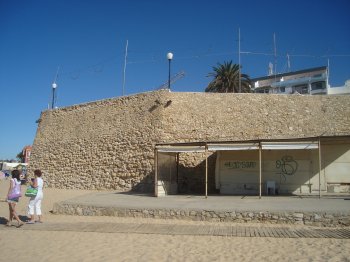Explore the best places
Results for Mosteiro dos Jerónimos in Portugal
Sentido do Mar
- food & drink
Muralha da Praia, apoio 7 - Praia do Norte
2820-220, Costa da Caparica
O restaurante Sentido do Mar, na Costa da Caparica, é especializado em sushi mas aposta também nos grelhados, de peixe e carne e ainda diversas opções de snack-bar, como hambúrgueres e cachorros. Quase com um pé na areia, desfruta de uma apetecível vista sobre o mar.
Solar dos Bicos
- food & drink
Rua dos Bacalhoeiros, 8A-8B
1100-070, Lisboa
A typical restaurant, located in na old, touristy area, with decorative elements of the 17th and 18th centuries and Portuguese tile panels that picture the old Lisbon. It has a service area dividd in two floors, where the upper floor is aimed for groups or various events and invites you to relaxation and privacy. It has a wide terrace, limited by a public garden and with direct views of the "Casa dos Bicos".

Peppermint Brunch & Cocktails
- food & drink
Avenida Valentim Ribeiro, 14 r/c
4740-208, Esposende
Com um conceito Brunch & Cocktails, aqui é possível comer brunch diariamente, com destaque para o guacamole com chips de batata doce, o humus com palitos de vegetais, as bowls e as tapiocas. Na parte das bebidas, poderá optar por sumos naturais do dia, sumos detox, batidos e cocktails.
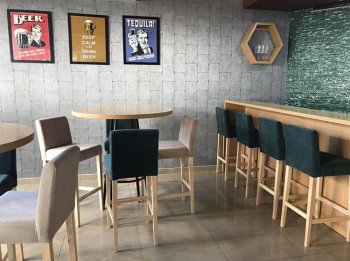
Santuário de Nossa Senhora da Lapa
- heritage
Rua Senhora da Lapa
5360-395, Vila Flor
Shrine located in Serra do Facho, location to serve as a lookout point over the entire region. Consists of several chapels, including the chapel of Nossa Senhora da Lapa, where is said to have appeared Nossa Senhora da Lapa. The chapel dedicated to Santa Marinha is the oldest, being in 1760 built the chapel of our Lady of Lapa and, between the 19th and 20th centuries, the sanctuary was erected.

Palácio da Mitra
- heritage
Largo Félix da Silva Avelar Brotero
2660-119, Loures
Former residence of archbishops, Palácio da Mitra or Palácio dos Arcebispos is a 16th-century building in the shape of a "u", which features typical Portuguese tiles in the rooms, also characterized by the thematic decoration of the time (representations of rural scenes, seasons or cooking). The church was completely rebuilt in the 16th century. The statues that decorate the interior rooms of the palace are from this period, as well as the monumental fountain, in Baroque style.
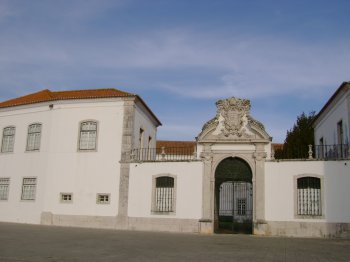
Ponte dos Canos
- heritage
Rue da Fonte dos Canos
5210-196, Miranda do Douro
Medieval bridge Plan Board with a maximum width of four metres, based on three broken arches unequal, being the central arch. Also features two hoist high seas and masonry guards, knotted schist granite ashlars. Located on the Fresno River, is part of an ancient road that connected Miranda do Douro the two churches. The medieval primitive building was rebuilt in the 18th century.
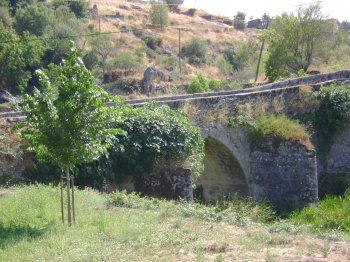
Quinta do Assentista
- heritage
Rua Elias Garcia, 116
2700-708, Amadora
Also known as Quinta dos Intendentes, the main façade dates from 1746, in which the Johannine gate stands out, despite the simplicity of the façade's features. At the top you can see a niche that houses the image of Nossa Senhora da Saúde. Inside, it has a living area, patio and gardens, in which you can admire various tree species, fountains, garden benches and a chapel.
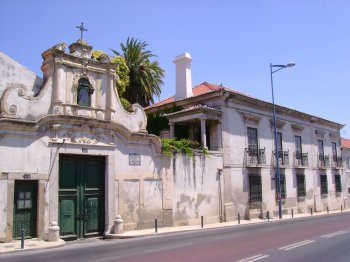
Paços Municipais de Viana do Castelo
- heritage
Praça da República
4900-520, Viana do Castelo
The construction was initiated during the reign of Dom Manuel I and finished in the reign of Dom João III. It has two floors, entirely built in granite. The lower floor is formed by a shed with thre ogival arches. In the upper floor there are three windows with balconies. One can also view, on the top of the windows, a royal shield, an armillary sphere and a sailboat, heraldic symbol of Viana do Castelo.
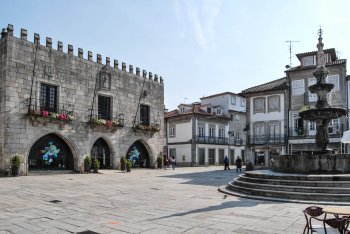
Pelourinho de Alverca
- heritage
Praça João Mantas
2615, Alverca do Ribatejo
Awarded property of public interest, this pillory vinca in its ornamentation, the fact that during manuelina. The 4 wide steps and base oitavados, quadrifoliadas flowers and his effort with elements linked to the theme of maritime expansion are testimony of an artistic current well Portuguese and so linked to our history. This pillory is opposite the spot where once existed the House Chamber extinct municipality of Alverca do Ribatejo
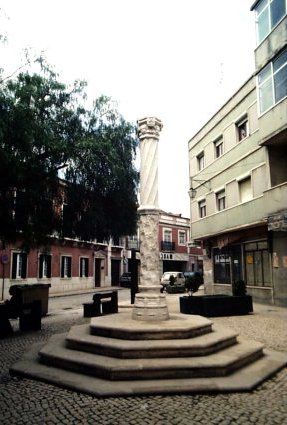
Fortaleza de Armação de Pêra
- heritage
Largo da Fortaleza
8365-108, Armação de Pêra
The fort was built mainly to defend this site and its people. People used to travel here from Alcantarilha (the capital of the parish) in order to fish and engage in other piscatorial activities and therefore needed some protection. A chapel dedicated to the fort's patron saint was built inside the fortress in 1972, nowadays it is known as Capela de Nossa Senhora dos Aflitos (Chapel of Our lady of the Distressed).
